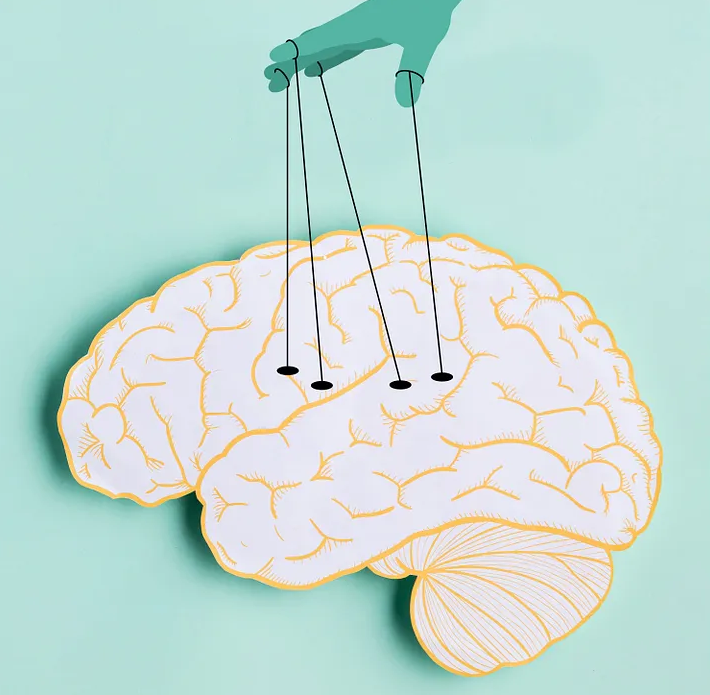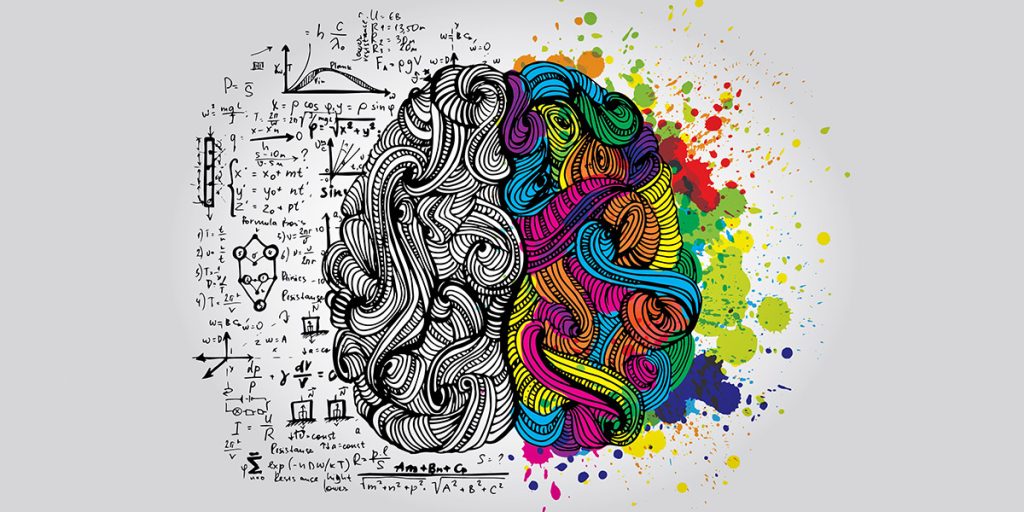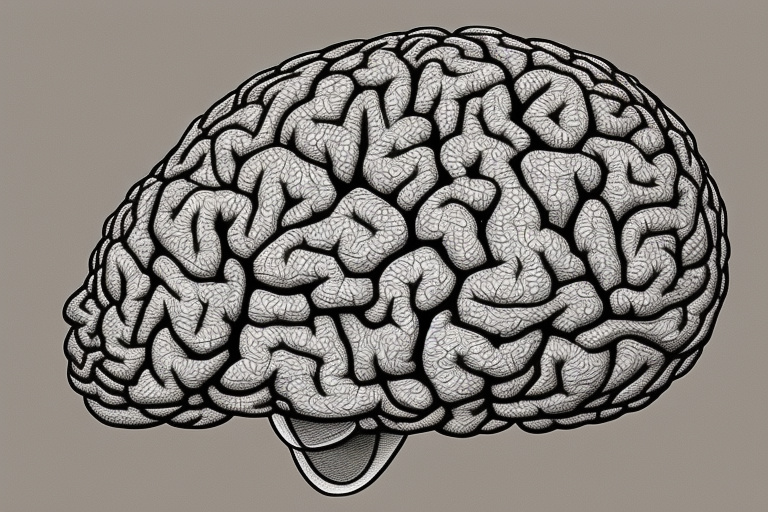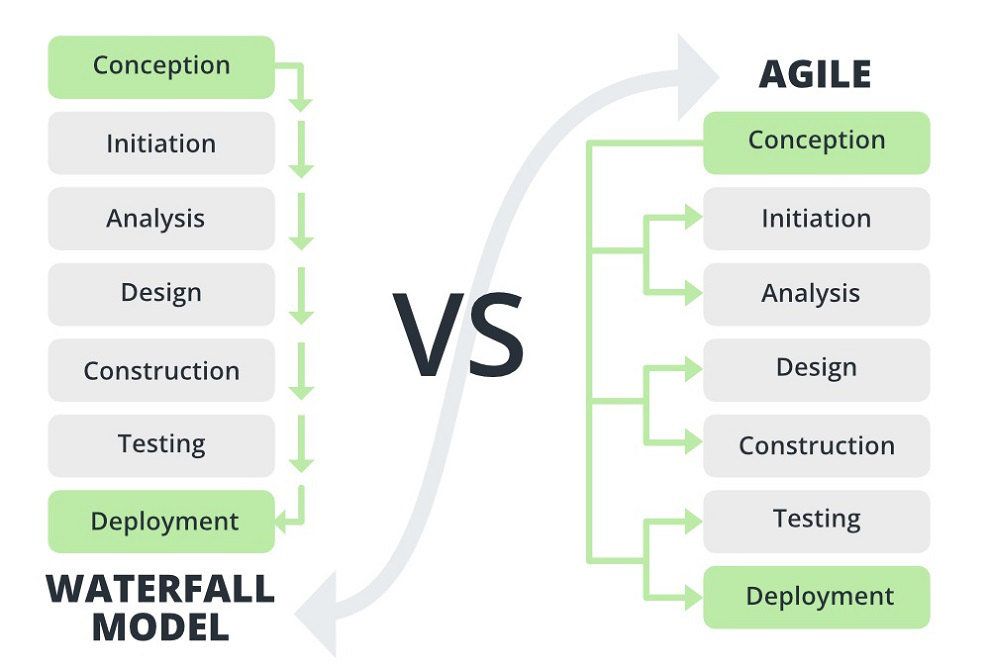CRM for Businesses

Customer Relationship Management (CRM) has emerged as a pivotal strategy for companies across industries. CRM is more than just software; it’s a comprehensive approach to managing interactions with both current and potential customers. In this article, we’ll delve into the multifaceted importance of CRM systems and why every business, regardless of its size, should consider […]
Design Systems: The Foundation of Cohesive and Efficient Design

In the world of design, creating consistent, visually appealing, and user-friendly products is paramount. This is where design systems emerge as the unsung heroes of design, orchestrating harmony and efficiency in the creative process. This comprehensive article unravels the intricacies of design systems, delving deep into their significance, components, and profound impact on fostering a […]
Interactive Data Visualization

In an era of data-driven decision-making, the ability to effectively convey information is paramount. Enter interactive data visualization—a dynamic approach to presenting complex data in ways that are not only understandable but also engaging. By transforming raw data into visually appealing and interactive experiences, designers can empower users to explore insights and make informed choices. […]
Microinteractions: Elevate User Engagement with Subtle UI Effects

In the realm of User Experience (UX) design, it’s often the small details that make the most significant impact. Microinteractions, those subtle and brief animations or responses to user actions, have emerged as powerful tools for enhancing user engagement and creating memorable experiences. These tiny interactions might seem minor, but their effects on user satisfaction […]
Captivating Users Effectively in UX Design

UX design isn’t just about making things look good; it’s about understanding human behaviour and using that knowledge to create designs that resonate with users on a profound level. One of the most potent tools at a designer’s disposal is the science of persuasion. By leveraging psychological principles, designers can influence user decisions and guide […]
Balancing Aesthetics and Functionality in UX Design

User Experience (UX) design is a delicate interplay between aesthetics and functionality. A visually appealing design can capture users’ attention and create a positive first impression, but it’s the functional aspects that keep users engaged and satisfied. Striking the right balance between aesthetics and functionality is a fundamental challenge in UX design, and it requires a deep understanding of user needs, business goals, and design principles.
Designing for Emotional Impact: Leveraging Psychology in UX

Understanding human psychology and incorporating emotional elements into UX design can significantly enhance user engagement, satisfaction, and loyalty. In this article, we will explore the concept of designing for emotional impact and how to leverage psychology to create more meaningful user experiences.
Edge Computing in Software Development

Edge computing is revolutionizing software development by bringing computation and data storage closer to edge devices. In this article, we will explore the concept of edge computing, its benefits, and its impact on software development. Discover how leveraging edge computing can enhance real-time processing, reduce latency, and enable a new generation of innovative applications.
Cloud-Native Development and Microservices Architecture

Cloud-native development and microservices architecture have become crucial for modern software development. In this article, we will explore the benefits, challenges, and best practices associated with these approaches and the tools and technologies that enable their successful implementation Benefits of cloud-native development Cloud-based development offers numerous advantages, including scalability, flexibility, and cost-efficiency. Developers can leverage […]
Choosing the Best Methodology for Software Product Development

Agile and Waterfall methodologies for software development to make an informed choice. Understand the differences and select the best approach for success.